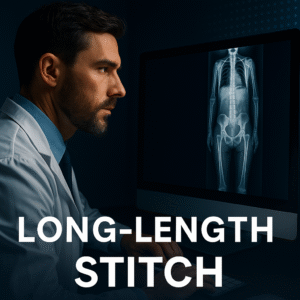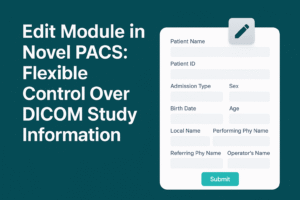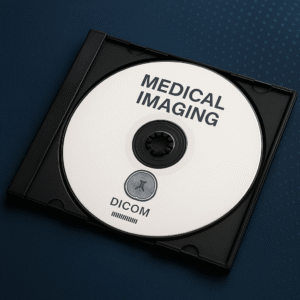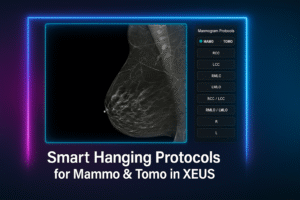Before diving into image quality in CT we need to discuss one of the enemies of image quality which is noise. noise is seen in an image as a grainy mottled appearance. it can be caused by many factors but in this context noise is primarily composed of quantum noise or quantum model which is simply the result of an insufficient amount of signal in our data. in the case of CT imaging that means that there is an insufficient number of photons hitting the detector. in any set of data there will be some inherent random fluctuations disrupting the incoming signal which we can’t account for but the more true signal we have in this data set the less noise we will have. this is described as the signal to noise ratio so a high signal to noise ratio means that we have a relatively higher amount of true signal in our data and a relatively lower amount of noise degrading our data. image quality in CT is described in terms of three types of resolution:
- spatial resolution
- contrast resolution
- temporal resolution
spatial resolution or high contrast resolution refers to the ability to differentiate between two objects of different density which are close in physical space. this means that images with high spatial resolution have well-defined edges and sharp details. Spatial resolution may also be referred to as high contrast resolution because it relates to differentiation between highly contrasting objects. contrast resolution or low contrast resolution refers to the ability to differentiate between two objects of similar density. this means images with greater contrast resolution can offer greater differentiation between similar tissue types. contrast resolution may also be referred to as low contrast resolution because it relates to differentiating between lowly contrasting objects. temporal resolution refers to the ability to acquire images in a short amount of time. this is important in specific cases like cardiac CT where acquiring data very quickly between cycles of cardiac and contraction is necessary. we won’t dive too much into this in this article but basically temporal resolution refers to time and the shortest amount of time in which images can be acquired. a variety of factors affect our scanned data set with regards to these three types of resolution. some of these factors are within our control and some are not. spatial resolution can be improved by decreasing the slice thickness meaning we’re viewing thinner sections of the data in more detail. decreasing the field of view meaning that we will project a smaller area of the body onto the same sized image matrix decreasing the voxel and pixel size, using a kernel or filter designed for high spatial resolution such as an edge enhancement filter to sharpen the image or by using smaller detector elements if you’re working on a scanner with an adaptive detector array which offers multiple detector element sizes. now it may seem intuitive to always do all of these things such as always using the thinnest slices possible but as with anything there is a trade-off to be made here so many of these methods of increasing spatial resolution are limited in how far they can go because they also increase our level of noise. decreasing slice thickness for example decreases the volume of data which we are using to generate each slice meaning that a greater proportion of that thin slice of data will be made up of noise. similarly using a sharpening filter to create edge enhancement for the true signal in our images will also sharpen the noise which exists in that image creating a grainy appearance. outside of these options if we want to use thinner slices without getting more noise we would also have to increase the radiation dose to the patient to increase the amount of true signal and thus boost the signal to noise ratio. increasing the radiation dose to reduce the amount of noise could be done by increasing the tube current that’s the MA or the tube voltage that’s the KV by lengthening the rotation time or similarly by decreasing the pitch. all of these would increase our radiation dose which in turn would mitigate some of the noise created by for example decreasing the slice thickness. now these concepts carry us directly into the discussion on contrast resolution because noise is the main detractor from the contrast resolution of our image. remember with contrast resolution we’re interested in subtle differences in grayscale of our image and noise is this grainy fuzzy random fluctuation in the values of that grayscale. so anything that increases the noise is going to detract from our contrast resolution. this puts us a bit of a trade-off between spatial and contrast resolution because some of the techniques we just discussed to optimize our spatial resolution will create more noise and will thus detract from our contrast resolution. this means that to improve our contrast resolution by decreasing our noise level we want to use thicker slices. so we’re building the image from a larger slab of data and we want to use a smooth filter to blur out that noise.
these two things will make a smoother image with less noise but they’ll also make an image with less spatial resolution so that brings us back to the idea that increasing our radiation dose is the simplest way to improve our image quality. However, the obvious cost of that increasing radiation dose is the risk to the patient. so at the end of the road on the image quality discussion we basically have how much noise are we willing to tolerate in our image. how low can we go on the radiation dose without sacrificing too much image quality to noise and how can we optimize our spatial and contrast resolution within the constraints of minimizing dose. we’ll discuss this in more depth in the next article on dose including other techniques like iterative reconstruction which can help improve our image quality without increasing radiation dose.





